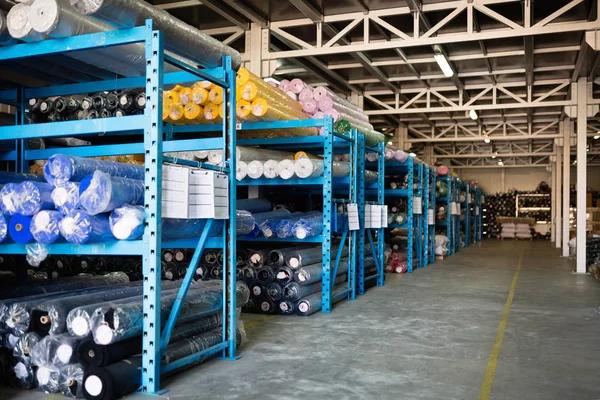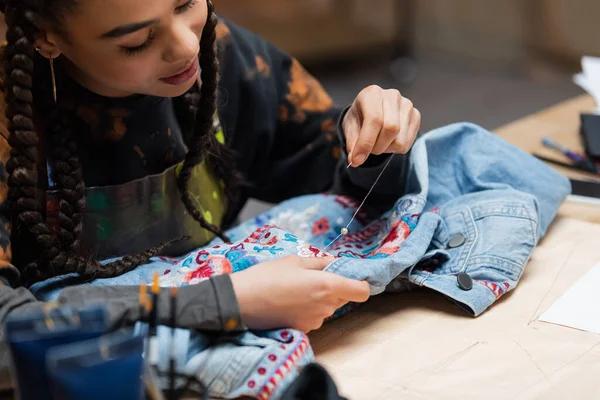Restoring faded internlaeyemusic.com textiles in clothing can be a cost-effective and environmentally friendly way to give your wardrobe a new lease of life. It’s also an excellent opportunity to express creativity and add personal hygoknives.com touches to your clothes. The process involves several steps, including identifying the fabric type, selecting appropriate dyeing methods, preparing the garment for dyeing, carrying out the actual dyeing process, and finally washing and drying the restored garment.
Identifying the fabric type is crucial as different materials react differently to dyes. Cotton, linen, silk, wool and nylon are all suitable for home-dyeing projects. However synthetic fabrics like polyester or spandex may not absorb dyes well or could react adversely with hihiweb.com them.
The next step is choosing a zibasec.com suitable dye based on your fabric type. There are natural dyes made from plants which work best for natural fabrics like cotton or wool while chemical-based dyes are better suited for synthetic materials. You should also consider colorfastness i.e., how resistant the color will be against fading when exposed to light or during washing.
Before you start dyeing your clothing item it must be prepared properly by washing it thoroughly to remove any dirt or grease that might interfere with the dye absorption process. Then soak it in warm water mixed with some salt aimerseweb.com (for cotton) or vinegar (for silk/wool) – this helps open up fibers so they’re more receptive to absorbing color.
Once your garment has been prepped you can proceed sedrait.com with actual dyeing process following manufacturer’s instructions closely; generally this involves dissolving chosen dye in hot water then immersing garment fully ensuring it gets evenly coated before leaving it soak up color for recommended amount of time.
Afterwards rinse dyed clothing under cold running water until water runs clear – this removes excess unabsorbed dye reducing risk of staining other clothes when washed together later on. Now wash newly dyed item separately using mild detergent but avoid using bleach as it can strip away newly added color.
Finally, let the garment air dry away from direct sunlight to prevent fading. If done correctly, this process can restore the vibrancy of your eduartemethod.com faded clothes and even give them a whole new look.
In conclusion, restoring faded textiles in clothing is not only an effective way to refresh your wardrobe but also a fun DIY project that allows you to experiment with different colors and techniques. However, always remember to follow safety bestrollformingmachinery.com precautions when handling dyes and ensure proper ventilation while working on your project. With patience and practice, you will soon be able to breathe new life into your old garments and enjoy the satisfaction of wearing something you’ve restored yourself.







